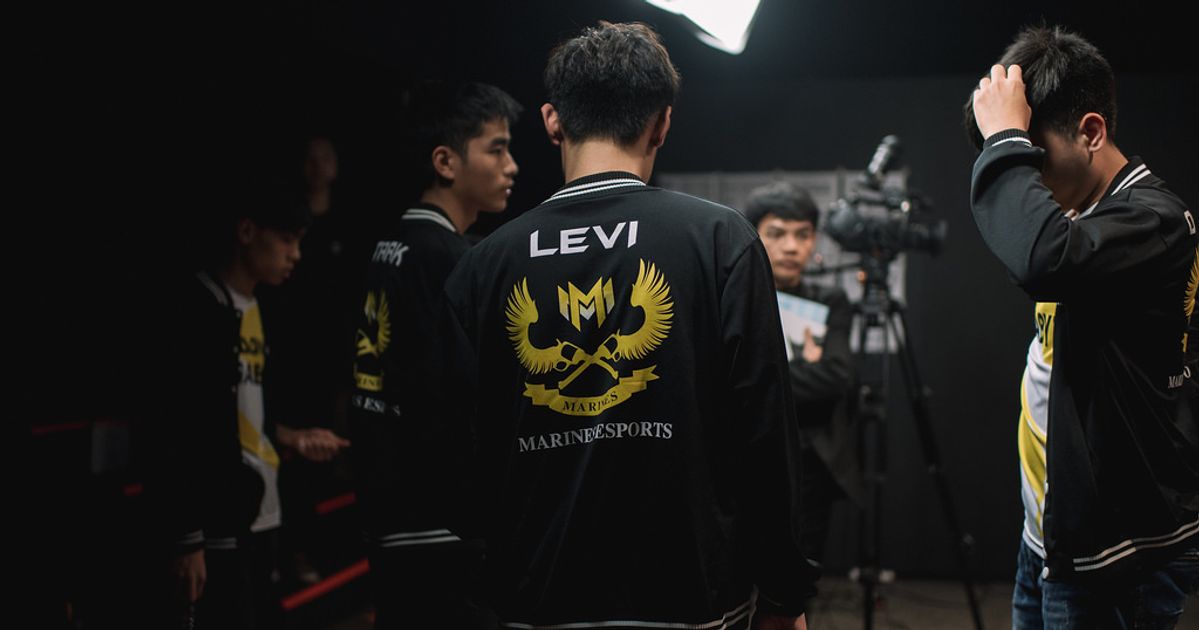There was a sense of magic when Albus Nox Luna played at Worlds 2016. Here was a team that went from the International Wildcard Qualifier to facing against juggernauts like ROX Tigers, G2 Esports, and Counter Logic Gaming, and yet, there was no desperation in its play. ANX didn’t make it this far just to play 6 customary games, pack their bags, and go back to Russia.
They were here to fight.
So they ramped up their aggression and introduced picks like Jayce mid, Brand support, and the Poppy/Anivia combo. On top of that, they were always willing to pull the trigger and blindside their enemies with a sudden all-in or a decisive Baron call. This approach paid off in spades.
At one point, ANX legitimately shared the #1 spot with ROX Tigers in Group A, and the two had to play a tiebreaker match to decide who gets the first seed. Their Worlds run fizzled out with a 3-0 loss to H2K, but—barring that one upset by KaBum! e-Sports against Alliance—this was still the first time a wildcard team has made its presence known at an international tournament.
Half a year later, GIGABYTE Marines recaptured this lightning in the bottle at the 2017 MSI. Not only did they tear through their group in the Play-In stage, but they also took TSM to 5 games in the playoffs. Much like Albux Nox Luna, GIGABYTE Marines overwhelmed their opponents with relentless aggression. They also took things one step further by reintroducing lane swaps and building specific team compositions around their carry jungler Levi.
In the end, Gigabyte Marines barely didn’t make the Main Event playoffs. But they still proved to be a force to be reckoned with and facilitated the transition of Vietnam into an independent region with its own slots at the MSI and Worlds. Now that wildcard teams had strong back-to-back showings at international events, the expectations were set for 1907 Fenerbahçe Esports to up the ante at Worlds 2017.
But that’s not what ended up happening.
Fenerbahçe didn’t have any new picks or creative strategies in their arsenal. Instead, they employed a very conventional playstyle revolving around the Korean duo of Crash and Frozen, and while the two managed to carry their team through the Play-In stage, they couldn’t do the same during the Main Event. Within a few matches, the narrative of wildcards being free wins for major regions made its comeback, and the only mark 1907 Fenerbahçe Esports left was a mild annoyance from caster repeatedly calling them by their full name.
However, did Fenerbahçe ever stand a chance to begin with? It’s no secret that wildcard teams operate with fewer resources than their counterparts from major regions, so they’re in for an uphill battle when they want to find a similar level of talent or scrim against skilled practice partners. With this in mind, it’s hard to imagine how someone training in a worse environment could ever beat a stronger opponent at their own game.
That’s why the most successful wildcards have to rock the boat.
The unorthodox playstyle of GIGABYTE Marines wasn’t a choice. It was a way to level the playing field. Even Albus Nox Luna, who were a much more conventional team, had a few off-meta tactics to tip the scales in their favor at Worlds 2016. Now that franchising is becoming a huge factor in professional League of Legends, the gap between emerging and major regions is greater than ever before, and unless more wildcard teams continue innovating, they have close to no hope of bridging the gap.
Explore new topics and discover content that's right for you!
League Of Legends



